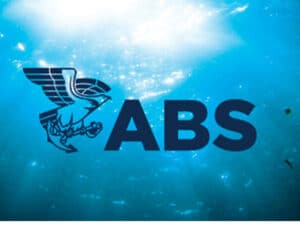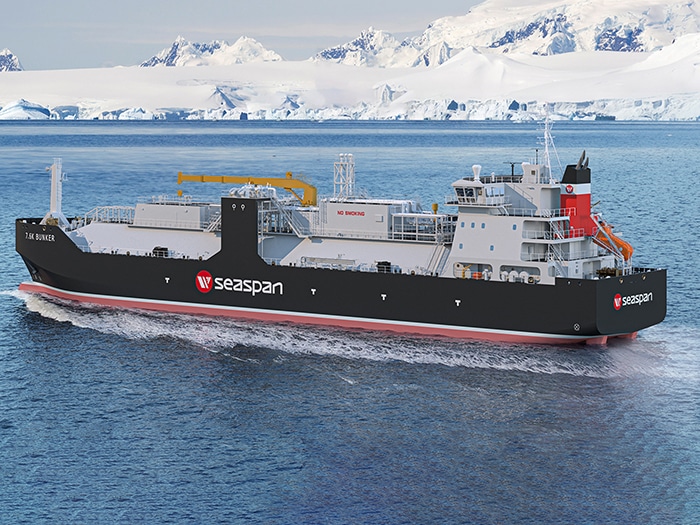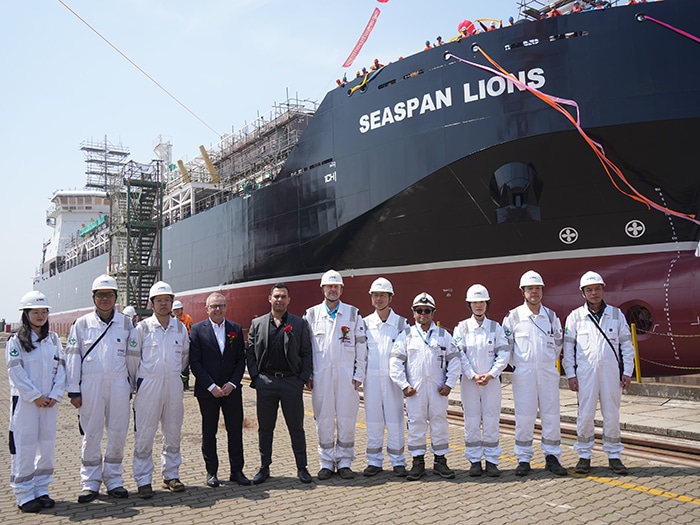
Seaspan Energy launches second ship in new LNG bunkering trio
Written by Nick Blenkey
Image: Seaspan Energy
North Vancouver, B.C., based Seaspan Energy has launched the second of its three 7,600 cubic meter LNG bunkering vessels. Called the Seaspan Lions, it is named a pair of pointed peaks along the North Shore Mountains in Metro Vancouver, B.C., that are known as Ch’ich’iyúy Elxwíkn (“Twin Sisters” or “Two Sisters”) to the Squamish Nation.
All three vessels in the series are named after iconic West Coast mountains and the first two vessels, the Seaspan Garibaldi and the Seaspan Lions, will be delivered in 2024 with the third arriving in 2025.
The Seaspan Lions will provide liquefied natural gas (LNG) fueling services for vessels on the West Coast of North America, making Seaspan Energy the first company to provide LNG bunkering in the Pacific Northwest.
The Seaspan Garibaldi is set to deliver low-carbon solutions to the global market and will be based in the Panama region.
“Solving the LNG infrastructure gap on the West Coast will play a vital role in creating new markets for lower-emission fuels and a more sustainable maritime industry,” said Ian McIver, president of Seaspan Energy. “We understand the importance of providing low-carbon bunkering solutions for ship owners who want to decarbonize their operations and we are committed to supporting the transition to cleaner, lower-emission marine fuels in British Columbia, Canada and the world.
The vessels are each 112.8 meters in length, 18.6 meters in width, 5 meters in draft, with a design speed of 13 knots.
They are being built in China by CIMC Sinopacific Offshore & Engineering (CIMC SOE), one of the most experienced small-scale gas carrier shipyards in the world, having delivered more than 30 LNG carriers.
For the design of the LNG bunker vessels, Seaspan Energy worked closely with the Canadian based team at Vard Marine Inc. to incorporate emerging technologies resulting in a decrease in emissions and underwater noise. The design is focused on safe, efficient, and economical refueling of multiple ship types with an ability to transfer to and from a wide range of terminals. The design will allow the vessel to engage in ship-to-ship LNG transfer and coastal and short-sea shipping operations.





